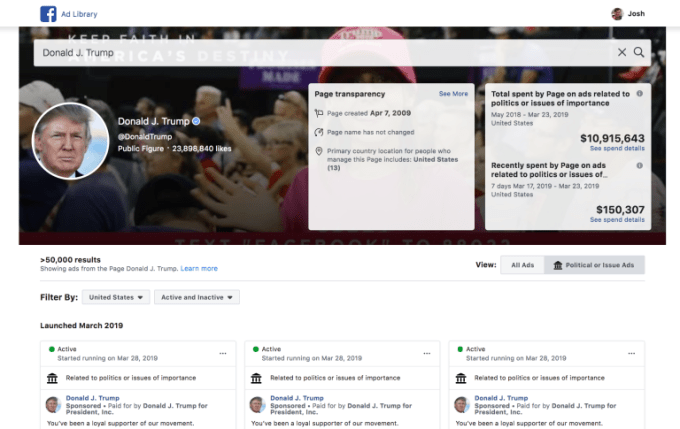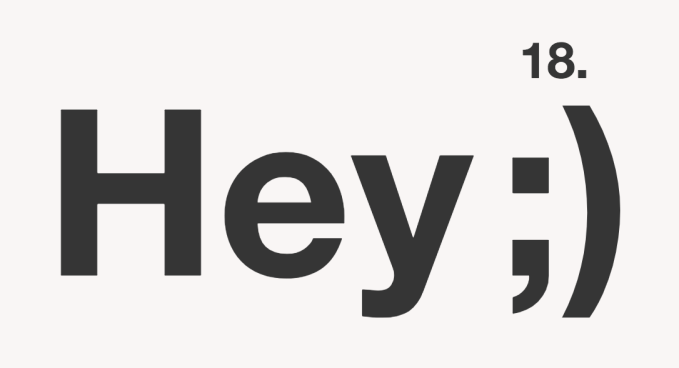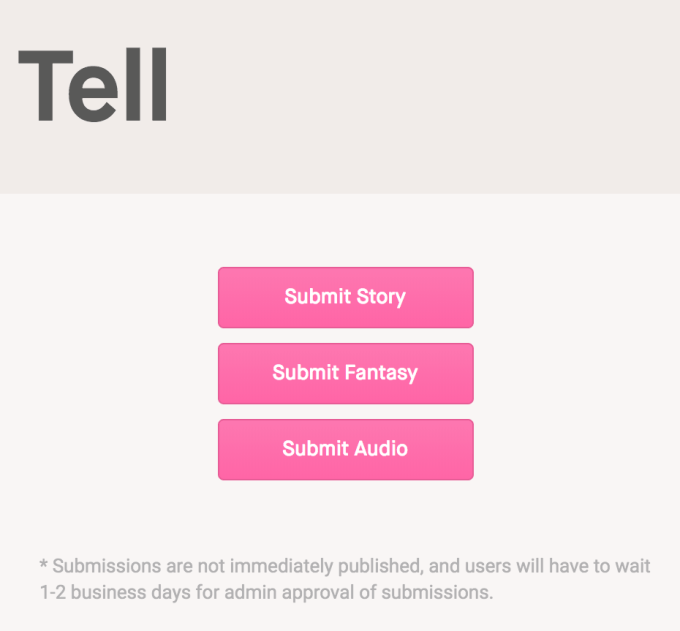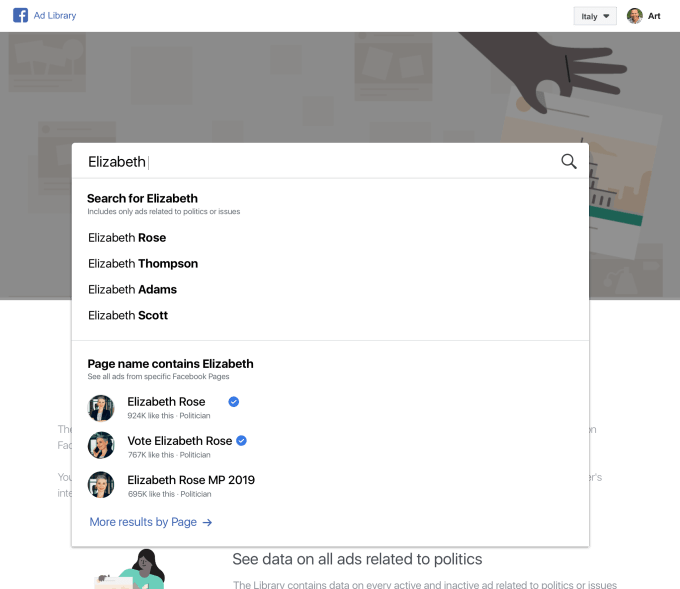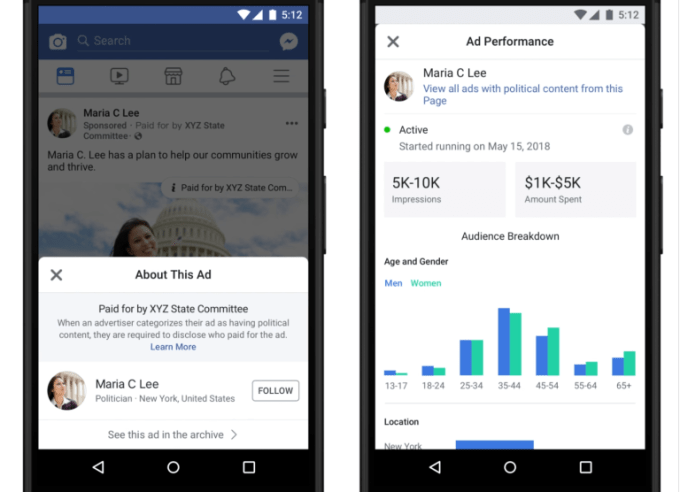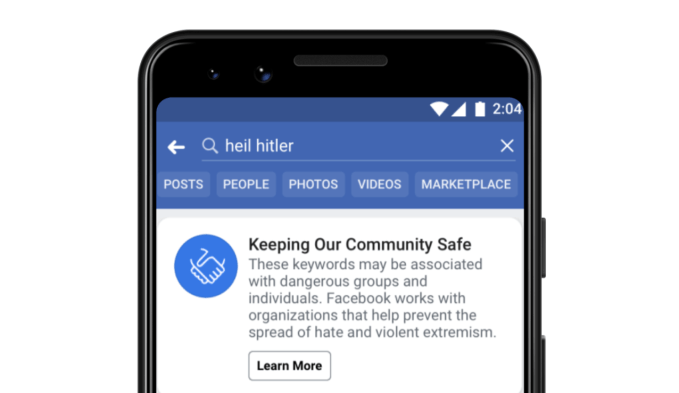Telegram has added a feature that lets a user delete messages in one-to-one private chats, after the fact, and not only from their own inbox.
The new ‘nuclear option’ delete feature allows a user to selectively delete their own messages and/or messages sent by the other person in the chat. They don’t even have to have composed the original message or begun the thread to do so. They can just decide it’s time.
Let that sink in.
All it now takes is a few taps to wipe all trace of a historical one-to-one communication — from both your own inbox and the inbox of whoever else you were chatting with (assuming they’re also running the latest version of Telegram’s app).
NB: An earlier version of this article incorrectly stated this can be done in group chats too. However only a group admin has the power to blanket ‘delete everywhere’ messages in a group chat; non-admin members of a group chat can only delete messages from their own inboxes so only an admin can purge group chat history.
Just over a year ago Facebook’s founder Mark Zuckerberg was criticized for silently and selectively testing a similar feature by deleting messages he’d sent from his interlocutors’ inboxes — leaving absurdly one-sided conversations. The episode was dubbed yet another Facebook breach of user trust.
Facebook later rolled out a much diluted Unsend feature — giving all users the ability to recall a message they’d sent but only within the first 10 minutes.
Telegram has gone much, much further. This is a perpetual, universal unsend of anything in a private chat.
The “delete any message in both ends in any private chat, anytime” feature has been added in an update to version 5.5 of Telegram — which the messaging app bills as offering “more privacy”, among a slate of other updates including search enhancements and more granular controls.
To delete a message from both ends a user taps on the message, selects ‘delete’ and then they’re offered a choice of ‘delete for [the name of the other person in the chat] or ‘delete for me’. Selecting the former deletes the message everywhere, while the later just removes it from your own inbox.
Explaining the rational for adding such a nuclear option via a post to his public Telegram channel yesterday, founder Pavel Durov argues the feature is necessary because of the risk of old messages being taken out of context — suggesting the problem is getting worse as the volume of private data stored by chat partners continues to grow exponentially.
“Over the last 10-20 years, each of us exchanged millions of messages with thousands of people. Most of those communication logs are stored somewhere in other people’s inboxes, outside of our reach. Relationships start and end, but messaging histories with ex-friends and ex-colleagues remain available forever,” he writes.
“An old message you already forgot about can be taken out of context and used against you decades later. A hasty text you sent to a girlfriends in school can come haunt you in 2030 when you decide to run for mayor.”
Durov goes on to claim that the new wholesale delete gives users “complete control” over messages, regardless of who sent them.
However that’s not really what it does. More accurately it removes control from everyone in any private chat, and opens the door to the most paranoid; lowest common denominator; and/or a sort of general entropy/anarchy — allowing anyone in a private thread to choose to edit or even completely nuke the chat history if they so wish at any moment in time.
The feature could allow for self-servingly and selectively silent and/or malicious edits that are intended to gaslight/screw with others, such as by making them look mad or bad. (A quick screengrab later and a ‘post-truth’ version of a chat thread is ready for sharing elsewhere, where it could be passed off a genuine conversation even though it’s manipulated and therefore fake.)
Or else the motivation for editing chat history could be a genuine concern over privacy, such as to be able to remove sensitive or intimate stuff — say after a relationship breaks down.
Or just for kicks/the lolz between friends.
Either way, whoever deletes first seizes control of the chat history — taking control away from the other person in the process. RIP consent. This is possible because Telegram’s implementation of the super delete feature covers all messages, not just your own, and literally removes all trace of the deleted comms.
So unlike rival messaging app WhatsApp, which also lets users delete a message for everyone in a chat after the fact of sending it (though in that case the delete everywhere feature is strictly limited to messages a person sent themselves), there is no notification automatically baked into the chat history to record that a message was deleted.
There’s no record, period. The ‘record’ is purged. There’s no sign at all there was ever a message in the first place.
We tested this — and, well, wow.
It’s hard to think of a good reason not to create at very least a record that a message was deleted which would offer a check on misuse.
But Telegram has not offered anything. Anyone can secretly and silently purge the private record.
Again, wow.
There’s also no way for a user to recall a deleted message after deleting it (even the person who hit the delete button). At face value it appears to be gone for good. (A security audit would be required to determine whether a copy lingers anywhere on Telegram’s servers for standard chats; only its ‘secret chats’ feature uses end-to-end encryption which it claims “leave no trace on our servers”.)
In our tests on iOS we also found that no notifications is sent when a message is deleted from a Telegram private chat so the other person in an old convo might simply never notice changes have been made, or not until long after. After all human memory is far from perfect and old chat threads are exactly the sort of fast-flowing communication medium where it’s really easy to forget exact details of what was said.
Durov makes that point himself in defence of enabling the feature, arguing in favor of it so that silly stuff you once said can’t be dredged back up to haunt you.
But it cuts both ways. (The other way being the ability for the sender of an abusive message to delete it and pretend it never existed, for example, or for a flasher to send and subsequently delete dick pics.)
The feature is so powerful there’s clearly massive potential for abuse. Whether that’s by criminals using Telegram to sell drugs or traffic other stuff illegally, and hitting the delete everywhere button to cover their tracks and purge any record of their nefarious activity; or by coercive/abusive individuals seeking to screw with a former friend or partner.
The best way to think of Telegram now is that all private communications in the app are essentially ephemeral.
Anyone you’ve ever chatted to one-on-one could decide to delete everything you said (or they said) and go ahead without your knowledge let alone your consent.
The lack of any notification that a message has been deleted will certainly open Telegram to accusations it’s being irresponsible by offering such a nuclear delete option with zero guard rails. (And, indeed, there’s no shortage of angry comments on its tweet announcing the feature.)
Though the company is no stranger to controversy and has structured its business intentionally to minimize the risk of it being subject to any kind of regulatory and/or state control, with servers spread opaquely all over the world, and a nomadic development operation which sees its coders regularly switch the country they’re working out of for months at a time.
Durov himself acknowledges there is a risk of misuse of the feature in his channel post, where he writes: “We know some people may get concerned about the potential misuse of this feature or about the permanence of their chat histories. We thought carefully through those issues, but we think the benefit of having control over your own digital footprint should be paramount.”
Again, though, that’s a one-sided interpretation of what’s actually being enabled here. Because the feature inherently removes control from anyone it’s applied to. So it only offers ‘control’ to the person who first thinks to exercise it. Which is in itself a form of massive power asymmetry.
For historical chats the person who deletes first might be someone with something bad to hide. Or it might be the most paranoid person with the best threat awareness and personal privacy hygiene.
But suggesting the feature universally hands control to everyone simply isn’t true.
It’s an argument in line with a libertarian way of thinking that lauds the individual as having agency — and therefore seeks to empower the person who exercises it. (And Durov is a long time advocate for libertarianism so the design choice meshes with his personal philosophy.)
On a practical level, the presence of such a nuclear delete on Telegram’s platform arguably means the only sensible option for all users that don’t want to abandon the platform is to proactive delete all private chats on a regular and rolling basis — to minimize the risk of potential future misuse and/or manipulation of their chat history. (Albeit, what doing that will do to your friendships is a whole other question.)
Users may also wish to backup their own chats because they can no longer rely on Telegram to do that for them.
While, at the other end of the spectrum — for those really wanting to be really sure they totally nuke all message trace — there are a couple of practical pitfalls that could throw a spanner in the works.
In our tests we found Telegram’s implementation did not delete push notifications. So with recently sent and deleted messages it was still possible to view the content of a deleted message via a persisting push notification even after the message itself had been deleted within the app.
Though of course, for historical chats — which is where this feature is being aimed; aka rewriting chat history — there’s not likely to be any push notifications still floating around months or even years later to cause a headache.
The other major issue is the feature is unlikely to function properly on earlier versions of Telegram. So if you go ahead and ‘delete everywhere’ there’s no way back to try and delete a message again if it was not successfully purged everywhere because the other person in the chat was still running an older version of Telegram.
Plus of course if anyone has screengrabbed your private chats with them already there’s nothing you can do about that.
In terms of wider impact, the nuclear delete might also have the effect of encouraging more screengrabbing (or other backups) — as users hedge against future message manipulation and/or purging. Or to make sure they have a record of any abusive messages.
That would just create more copies of your private messages in places you can’t at all control and where they could potentially leak if the person creating the backups doesn’t secure them properly — so the whole thing risks being counterproductive to privacy and security, really. Because users are being encouraged to mistrust everything.
Durov claims he’s comfortable with the contents of his own Telegram inbox, writing on his channel that “there’s not much I would want to delete for both sides” — while simultaneously claiming that “for the first time in 23 years of private messaging, I feel truly free and in control”.
The truth is the sensation of control he’s feeling is fleeting and relative.
In another test we performed we were able to delete private messages from Durov’s own inbox, including missives we’d sent to him in a private chat and one he’d sent us. (At least, in so far as we could tell — not having access to Telegram servers to confirm; but the delete option was certainly offered and content (both ours and his) disappeared from our end after we hit the relevant purge button.)
Only Durov could confirm for sure that the messages have gone from his end too. And most probably he’d have trouble doing so as it would require incredible memory for minor detail. But the point is if the deletion functioned as Telegram claims it does, purging equally at both ends, then Durov was not in control at all because we reached right into his inbox and selectively rubbed some stuff out. He got no say at all.
That’s a funny kind of agency and a funny kind of control.
One thing certainly remains in Telegram users’ control: The ability to choose your friends — and choose who you talk to privately.
Turns out you need to exercise that power very wisely.
Otherwise, well, other encrypted messaging apps are available…

source
https://techcrunch.com/2019/03/25/going-going-gone/
